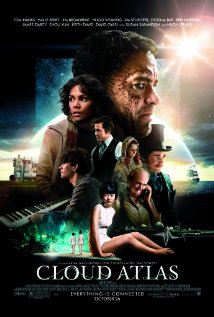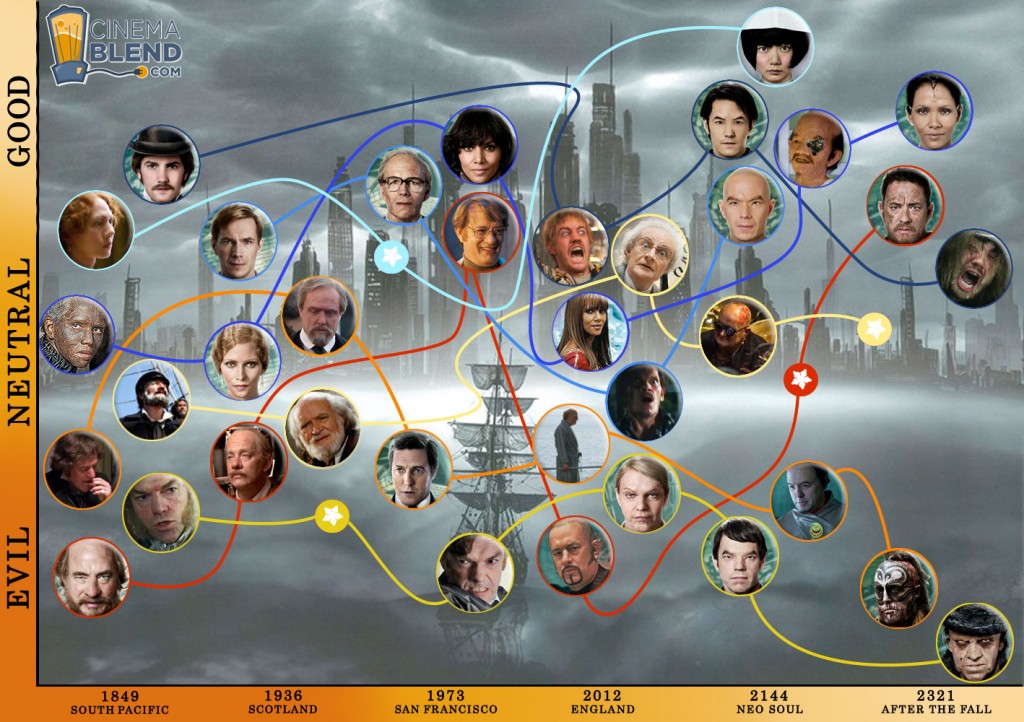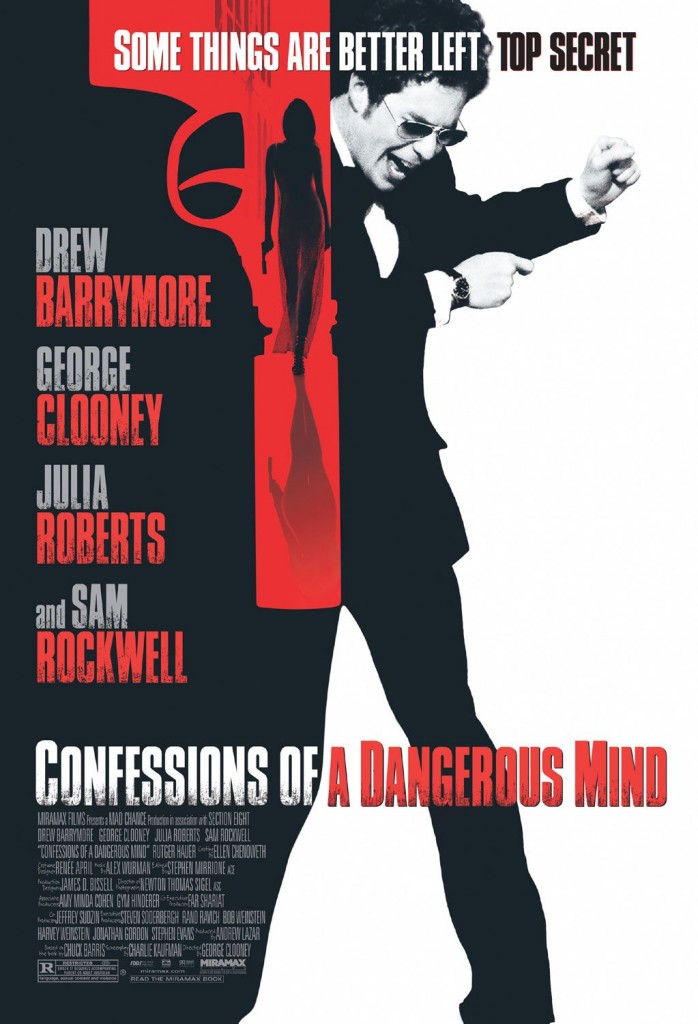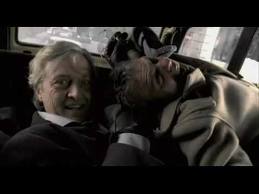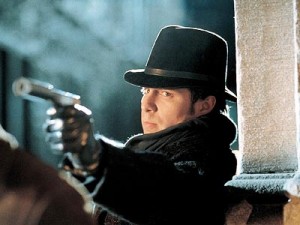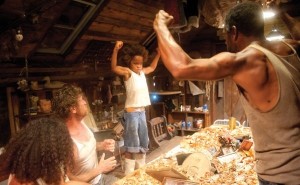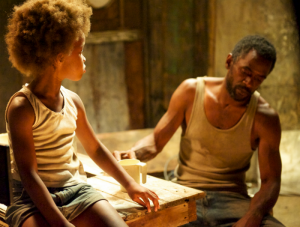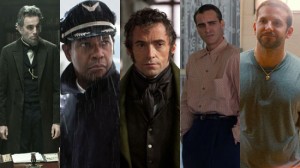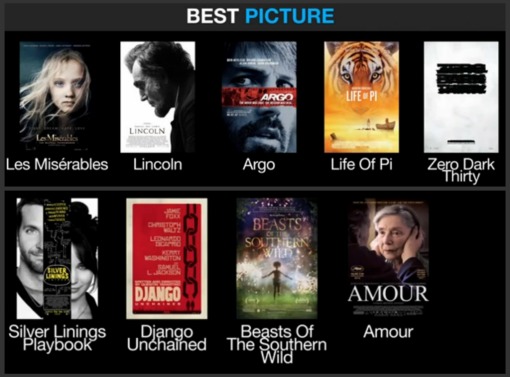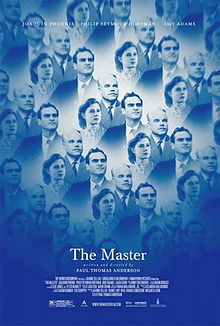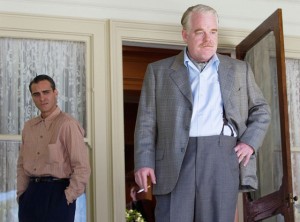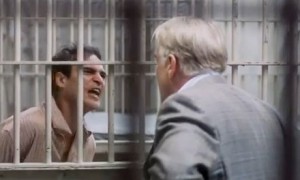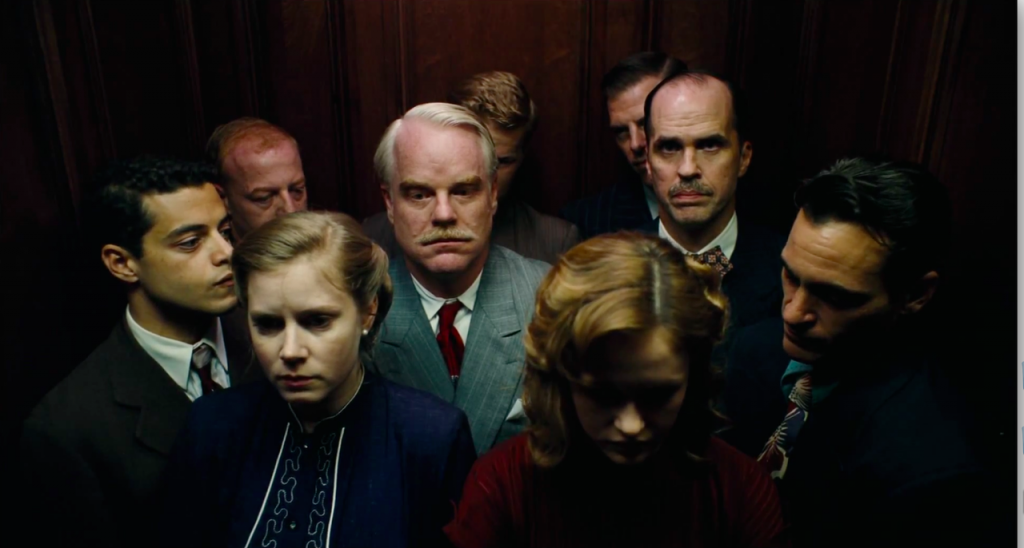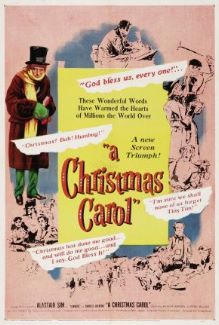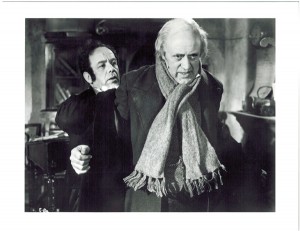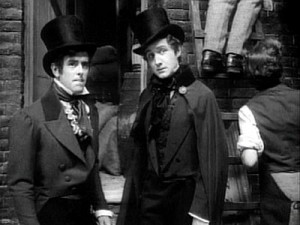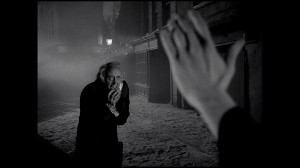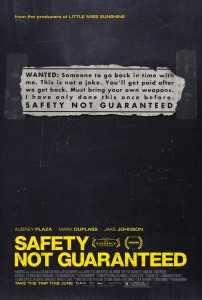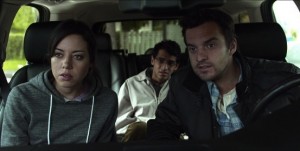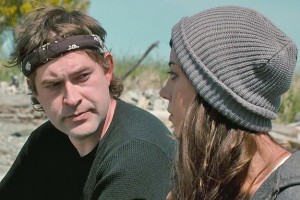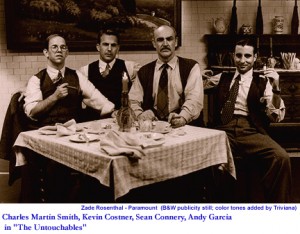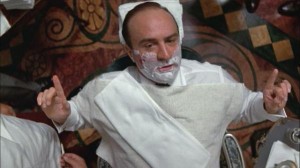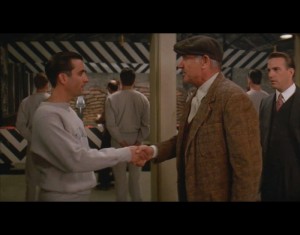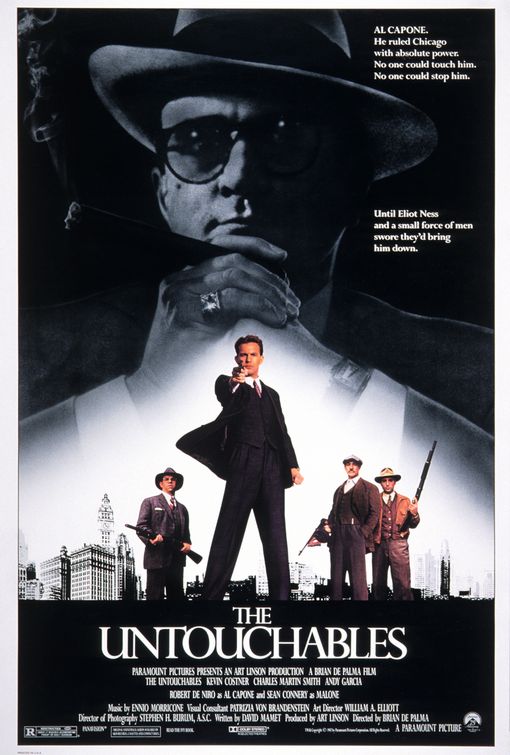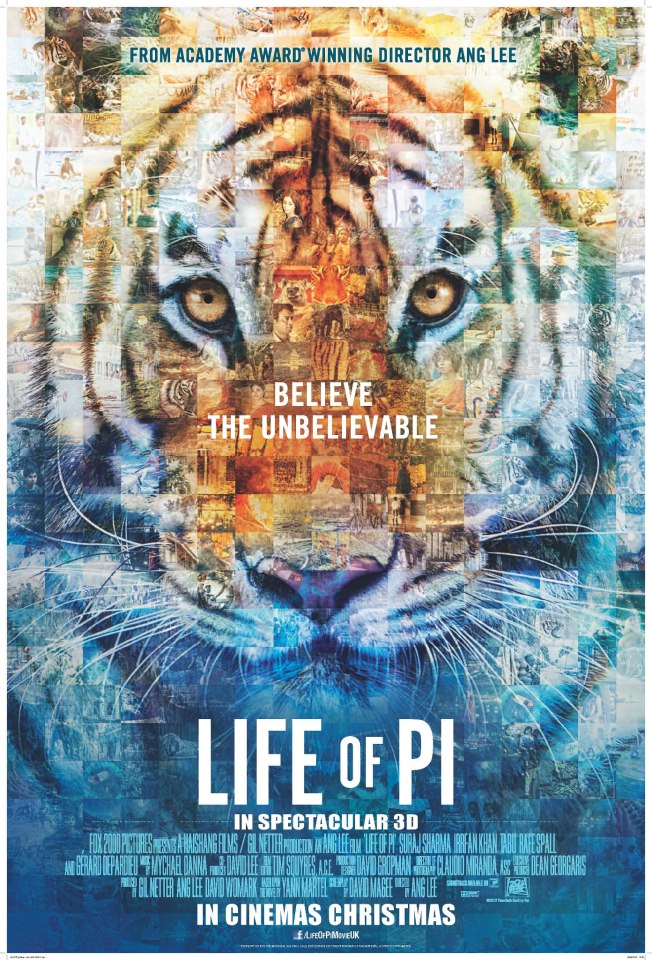 Life of Pi
Life of Pi
Dir: Ang Lee
Stars: Suraj Sharma, Irrfan Khan and Tabu
Now that another Oscar season is behind us, I feel like I’m more at liberty to offer my thoughts on some of this year’s nominees without skewing your desire to see them or who you root for Oscar night… Incidentally, I had a good time watching this year’s show. Anyhow, I’m going to start with some thoughts on Life of Pi because, for me, it was the best film of last year. I say that for several different reasons, but primarily because of its universal themes and impressive effort to use each and every element of the cinematic medium to its maximum.
The story, in case you haven’t heard, easily passes the “elevator test.” That is, how would you describe the movie if you were trying to get it made and you only had the time shared with an executive in an elevator to convince them to provide you the funds to make it? Life of Pi is about a shipwreck survivor who’s forced to share a lifeboat in the middle of the Pacific with a real-life, hostile Bengal tiger. Huh? Yeah! In fact, it’s based on a novel of the same title by Yann Martel, and has a built-in audience, in case you’re worried, Ms. Studio Exec… Hmm, tell me more. Essentially, what I’m trying to explain is that, having read the book and seen the film in 3D, it should have won Best Screenplay – Adapted. I’m not certain about the challenges involved in making this kind of raw and primeval story so entertaining, but I’m certain that the writer(s) did an amazing job. Sure, the story is interesting because of all the set-up in Act 1, the adventurous elements that Pi encounters while at sea in Act 2, and the epilogue of Act 3 – but it wasn’t an easy adaptation, I can assure you!
based on a novel of the same title by Yann Martel, and has a built-in audience, in case you’re worried, Ms. Studio Exec… Hmm, tell me more. Essentially, what I’m trying to explain is that, having read the book and seen the film in 3D, it should have won Best Screenplay – Adapted. I’m not certain about the challenges involved in making this kind of raw and primeval story so entertaining, but I’m certain that the writer(s) did an amazing job. Sure, the story is interesting because of all the set-up in Act 1, the adventurous elements that Pi encounters while at sea in Act 2, and the epilogue of Act 3 – but it wasn’t an easy adaptation, I can assure you!
Secondly, let’s remember that cinema is all about “moving pictures” and somehow telling a story by adequately editing these images together, applying some relevant sound, visual effects where necessary and a score – all before executing a marketing campaign to encourage moviegoers to give it a try! Well, somehow this mix worked very well in the case of Life of Pi, both domestically and internationally. The “moving images” are indeed breathtaking: you feel like you’re right along with poor Pi as he siphons the freshwater out  of the devices provided on the lifeboat, as he battles with the tiger named Richard Parker for who’s going to emerge as the “A dog” on the boat – and particularly with the storms, sea creatures and other surprises that emerge on his adventure. Without visual effects, this film wouldn’t be what it is… But the same could be said – that the film would be less than its whole – without Mr. Suraj Sharma’s acting (no nomination?!?), or Mr. David Magee’s script, or Mr. Lee’s directing of the entire “ship” (pun intended), or the sound mix that no doubt took MONTHS of post production time to complete so we could all enjoy the genuine sounds of a whale collapsing back into the water after exiting the sea in a graceful jump… See what I’m saying about this being a combined effort of 110% from all those involved?
of the devices provided on the lifeboat, as he battles with the tiger named Richard Parker for who’s going to emerge as the “A dog” on the boat – and particularly with the storms, sea creatures and other surprises that emerge on his adventure. Without visual effects, this film wouldn’t be what it is… But the same could be said – that the film would be less than its whole – without Mr. Suraj Sharma’s acting (no nomination?!?), or Mr. David Magee’s script, or Mr. Lee’s directing of the entire “ship” (pun intended), or the sound mix that no doubt took MONTHS of post production time to complete so we could all enjoy the genuine sounds of a whale collapsing back into the water after exiting the sea in a graceful jump… See what I’m saying about this being a combined effort of 110% from all those involved?
But lastly, let’s consider the themes of the film. This is the story of a young man who’s lost at sea, but has that built in faith in “something.” What I mean is, several scenes in Act 1 are dedicated to Pi’s exploration of world religions, from Catholicism to Hinduism to Islam. He accepts that there’s “something out there” and convinces his family he’s going to continue his personal search for God. I personally feel that this universal theme of exploring one’s faith is worth spending two hours on, and it obviously resonated with audiences worldwide!  Without giving anything away, the fact that the story handles its ending in a creative way is icing on this magnificent 64-layer cake! Finally, I just want to re-iterate that if you have the opportunity to see Pi in 3D, please do so… There are films that “tack on” the 3D technology to sell more tickets, sure – but this is not one of them. The film was shot in 3D and the effect is appropriately used to tell the story. I suppose this added effect is the cherry on top of the icing (I promise to leave this little analogy of the cake at home in future posts, dear Reader…)!
Without giving anything away, the fact that the story handles its ending in a creative way is icing on this magnificent 64-layer cake! Finally, I just want to re-iterate that if you have the opportunity to see Pi in 3D, please do so… There are films that “tack on” the 3D technology to sell more tickets, sure – but this is not one of them. The film was shot in 3D and the effect is appropriately used to tell the story. I suppose this added effect is the cherry on top of the icing (I promise to leave this little analogy of the cake at home in future posts, dear Reader…)!

